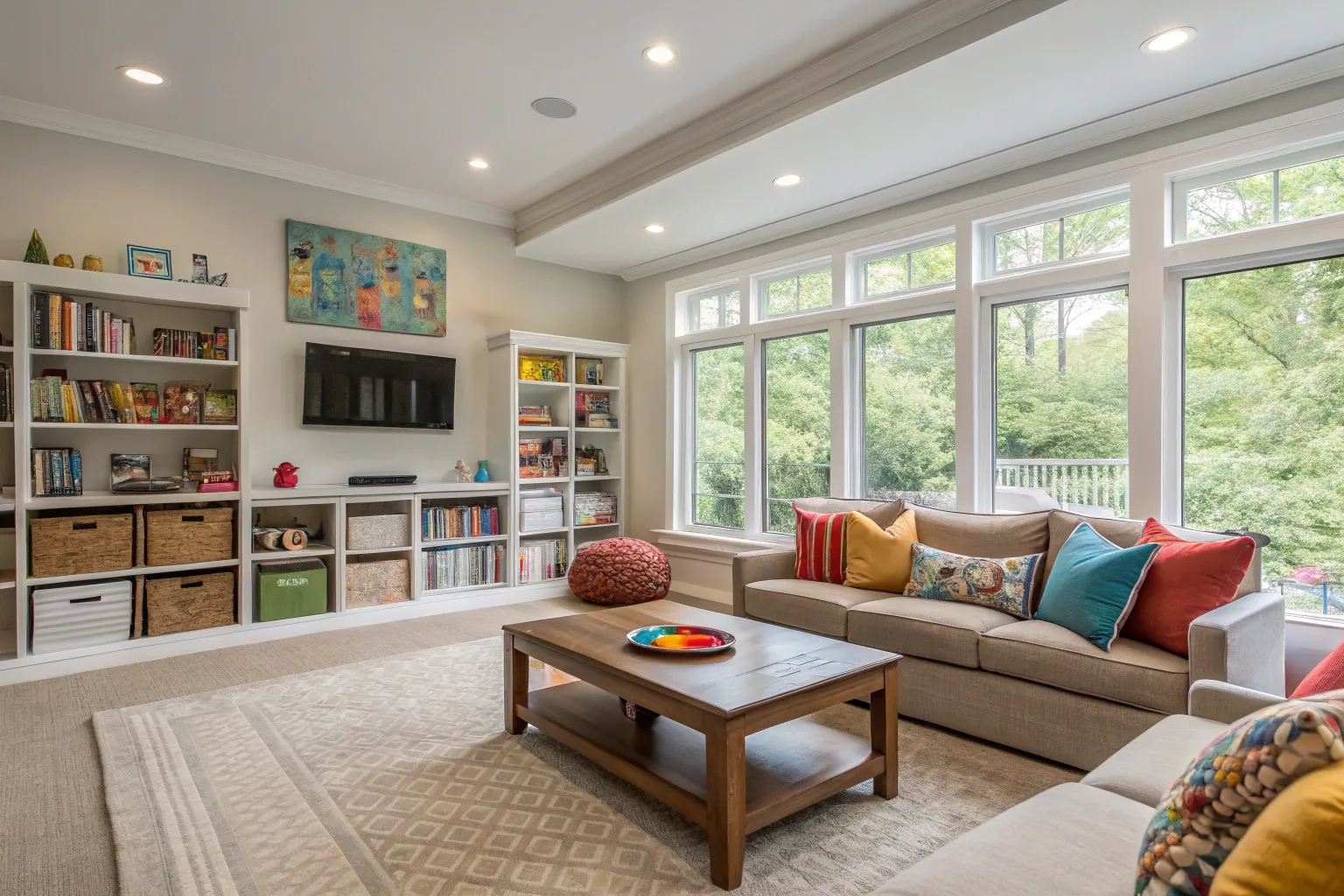Creating a home that accommodates toddler energy while maintaining sophisticated design isn’t about compromise—it’s about strategic design decisions that work with, rather than against, your child’s natural development. I’ve seen countless families struggle with the false choice between beautiful spaces and functional ones, but the truth is that thoughtful design can deliver both.
Understanding Toddler Energy as a Design Foundation
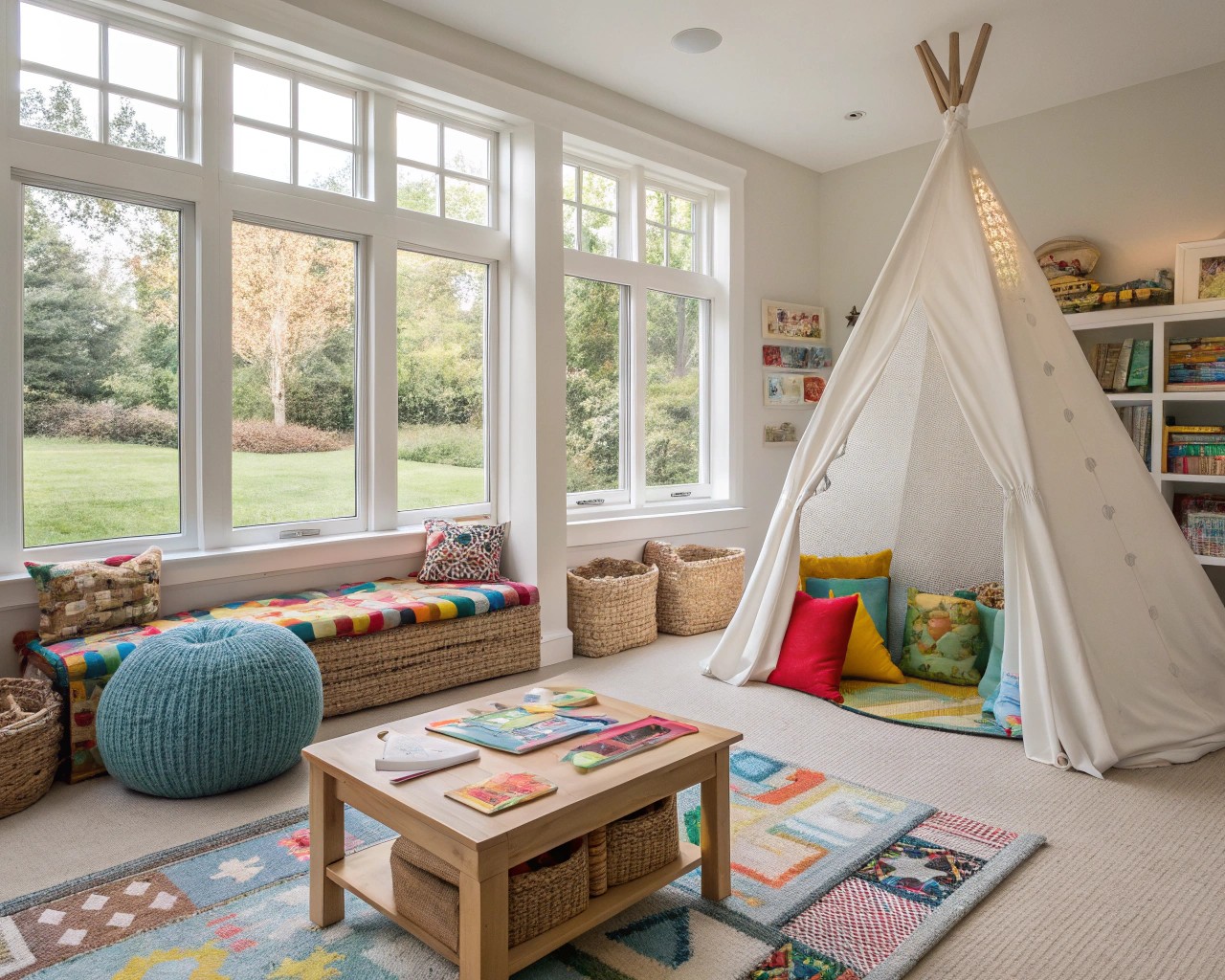
The Science Behind Toddler Movement
Toddlers aren’t simply being difficult when they climb, run, and explore—they’re hardwired for movement and discovery. This developmental phase requires approximately 180 minutes of physical activity daily, with constant sensory input driving their learning process. Rather than fighting this natural energy, we can channel it through intentional design choices that create both structure and freedom.
Creating Predictable Environments
Research consistently shows that children thrive in structured environments where they can predict what comes next. This doesn’t mean rigid schedules, but rather establishing visual cues and spatial organization that helps toddlers navigate their world confidently. A well-designed home provides clear pathways, defined zones, and consistent visual language that reduces anxiety while encouraging exploration.
Safety First: Building a Foundation for Confidence
Anchoring and Stability
Begin with the fundamentals: secure all furniture over waist height to walls using proper anchoring systems. This includes bookshelves, dressers, and entertainment centers. Choose furniture with wide bases and low centers of gravity to minimize tipping risks.
Essential Safety Checklist:
- Wall anchors attached to studs, not just drywall
- Regular inspection of anchor points and hardware
- Elimination of climbing incentives on tall furniture
- Non-slip pads under area rugs
- Rounded furniture edges wherever possible
Material Selection for Peace of Mind
Prioritize materials that eliminate sharp edges and hazardous surfaces. Opt for rounded coffee tables, or better yet, upholstered ottomans that double as seating and storage. When sharp corners are unavoidable, select furniture with slightly rounded edges rather than perfectly squared corners.
Smart Storage Solutions That Actually Work
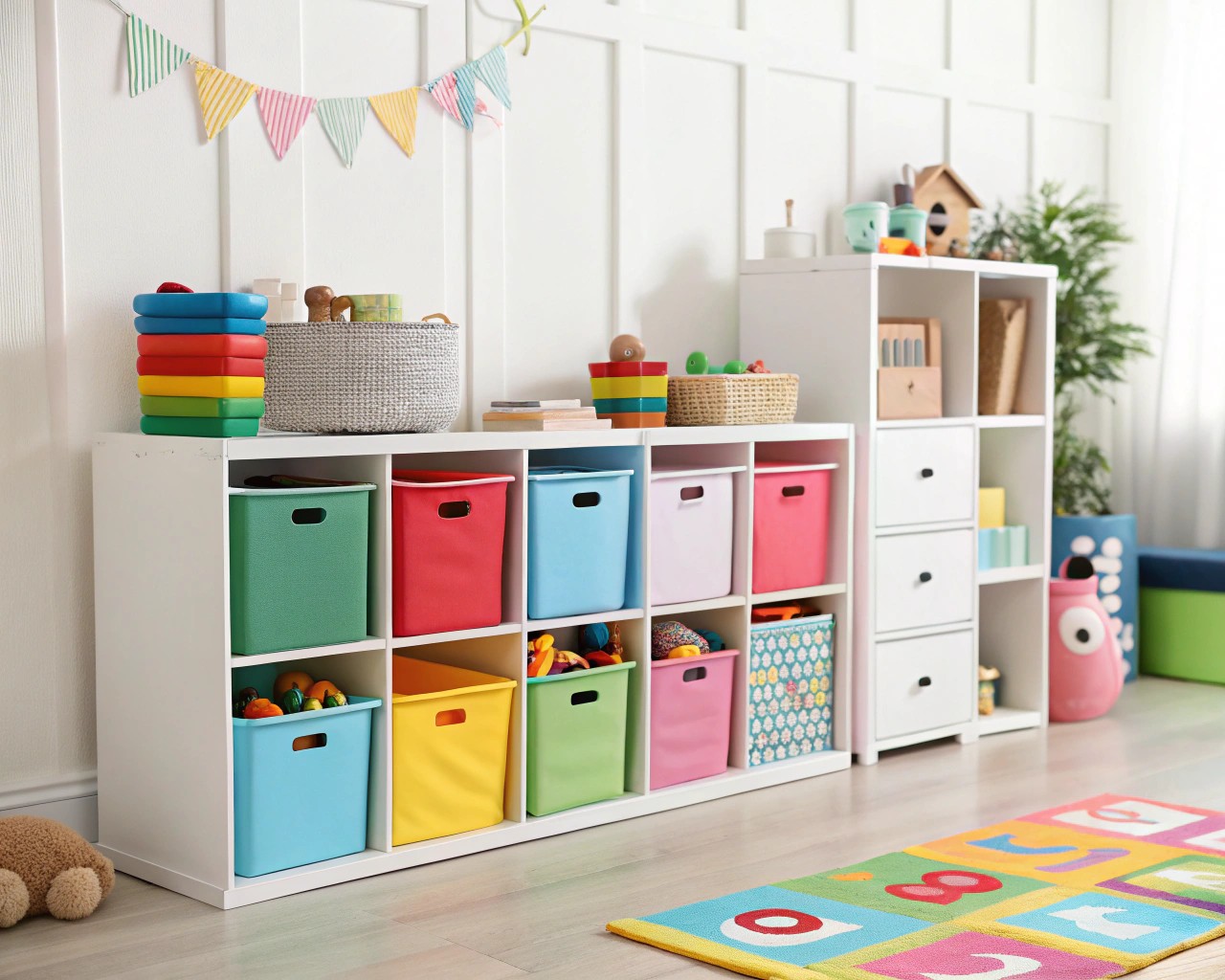
The Psychology of Toy Organization
Effective storage isn’t just about hiding clutter—it’s about creating systems that toddlers can understand and use independently. Research shows that children engage more consistently with toys when they can see and access them easily.
Proven Storage Strategies:
- Transparent containers at toddler height for easy identification
- Labeled bins with both pictures and words
- One-toy-type-per-container rule to prevent overwhelming choices
- Rotation systems that keep 70% of toys stored away
IKEA’s Systematic Approach
The IKEA Trofast system remains a gold standard for family organization. Its modular design allows for customization as children grow, while the shallow bins prevent the “toy graveyard” effect of deep containers. Pair this with canvas bins for softer items and clear plastic drawers for crafts and small toys.
Built-in Solutions for Long-term Success
Consider investing in floor-to-ceiling built-ins that maximize vertical space while providing both open display areas and closed storage. Position frequently used items at toddler height, while storing messy craft supplies and seasonal items in upper cabinets.
Fabric and Furniture Strategies for Real Life
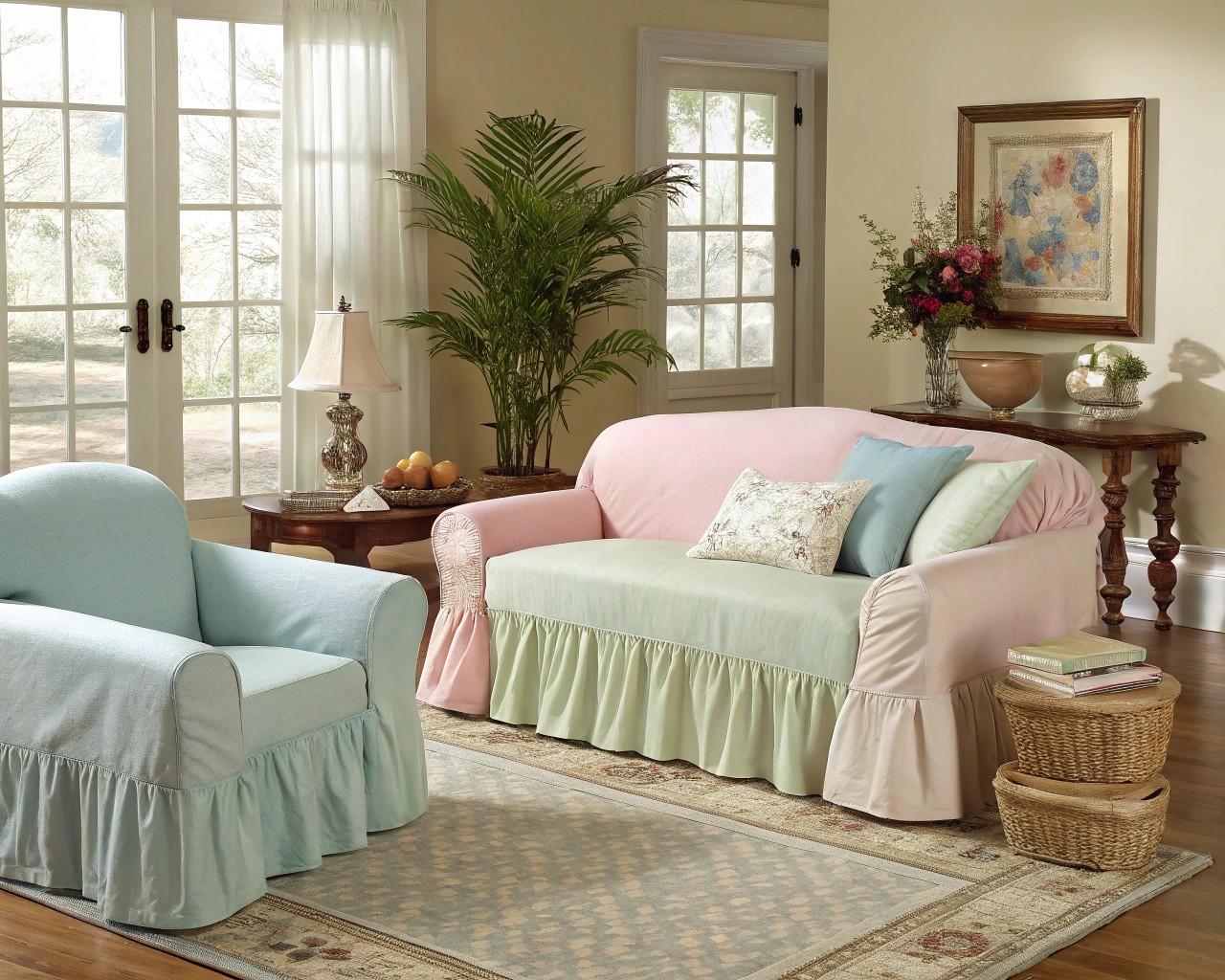
Performance Fabrics That Perform
Modern performance fabrics have revolutionized family-friendly design. Look for fabrics with built-in stain resistance rather than applied treatments.
Top Fabric Choices:
- Crypton fabrics: Molecularly protected against stains, odors, and bacteria
- Microfiber: Naturally stain-resistant and machine washable
- Leather and faux leather: Easy to wipe clean and naturally antimicrobial
- Canvas: Durable and often machine washable
Washable Slipcovers: The Game Changer
Invest in furniture with removable, machine-washable slipcovers. This single feature transforms white sofas from impractical to perfectly reasonable. Brands like IKEA, Pottery Barn, and West Elm offer stylish options with fully washable covers.
The Magic of Washable Rugs
Traditional rugs become luxury items when you have toddlers. Instead, choose machine-washable rugs that can handle juice spills, muddy feet, and art projects. Modern washable rugs come in sophisticated patterns and colors that rival their traditional counterparts.
Creating Calm Zones Within Active Spaces
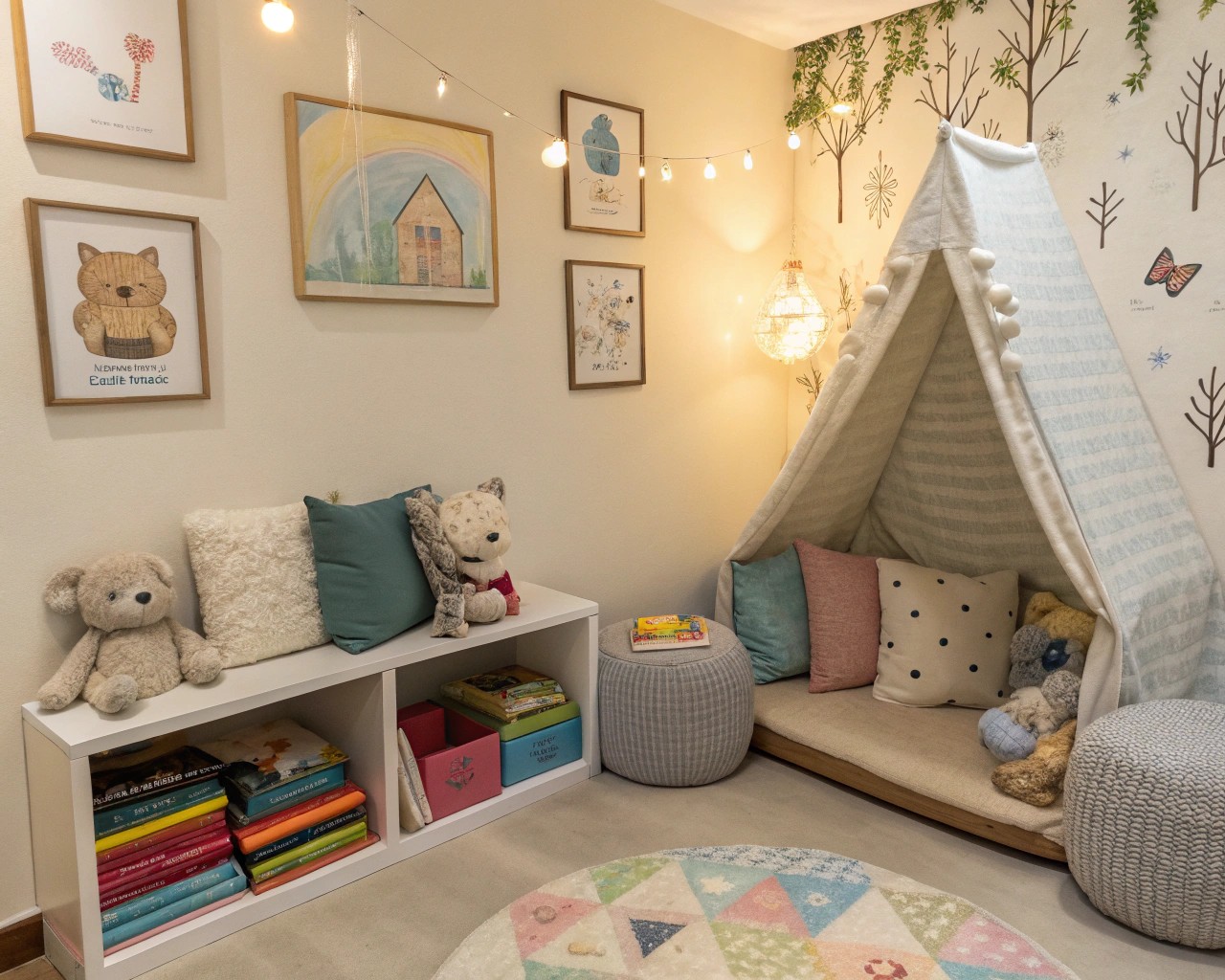
The Power of Retreat Spaces
Every toddler needs a designated calm-down area—a quiet corner where they can regulate emotions and decompress. This isn’t a punishment space but a positive environment for self-regulation.
Essential Elements for Calm Corners:
- Soft textures like beanbags or floor cushions
- Dim, warm lighting
- Sensory items like stress balls or fidget toys
- Visual emotion charts for emotional literacy
- Books or quiet activities
Biophilic Design for Natural Calm
Incorporate natural elements that inherently soothe the nervous system. This might include natural wood textures, plants at safe heights, or nature-inspired artwork. Even small touches like wooden toys or bamboo storage baskets can create a more grounding environment.
Managing Sensory Overload
Toddlers can easily become overstimulated by busy patterns, bright colors, and visual clutter. Create breathing room through:
- Neutral base colors with pops of interest
- Minimal pattern mixing
- Adequate white space on walls
- Soft, indirect lighting options
Room-by-Room Implementation
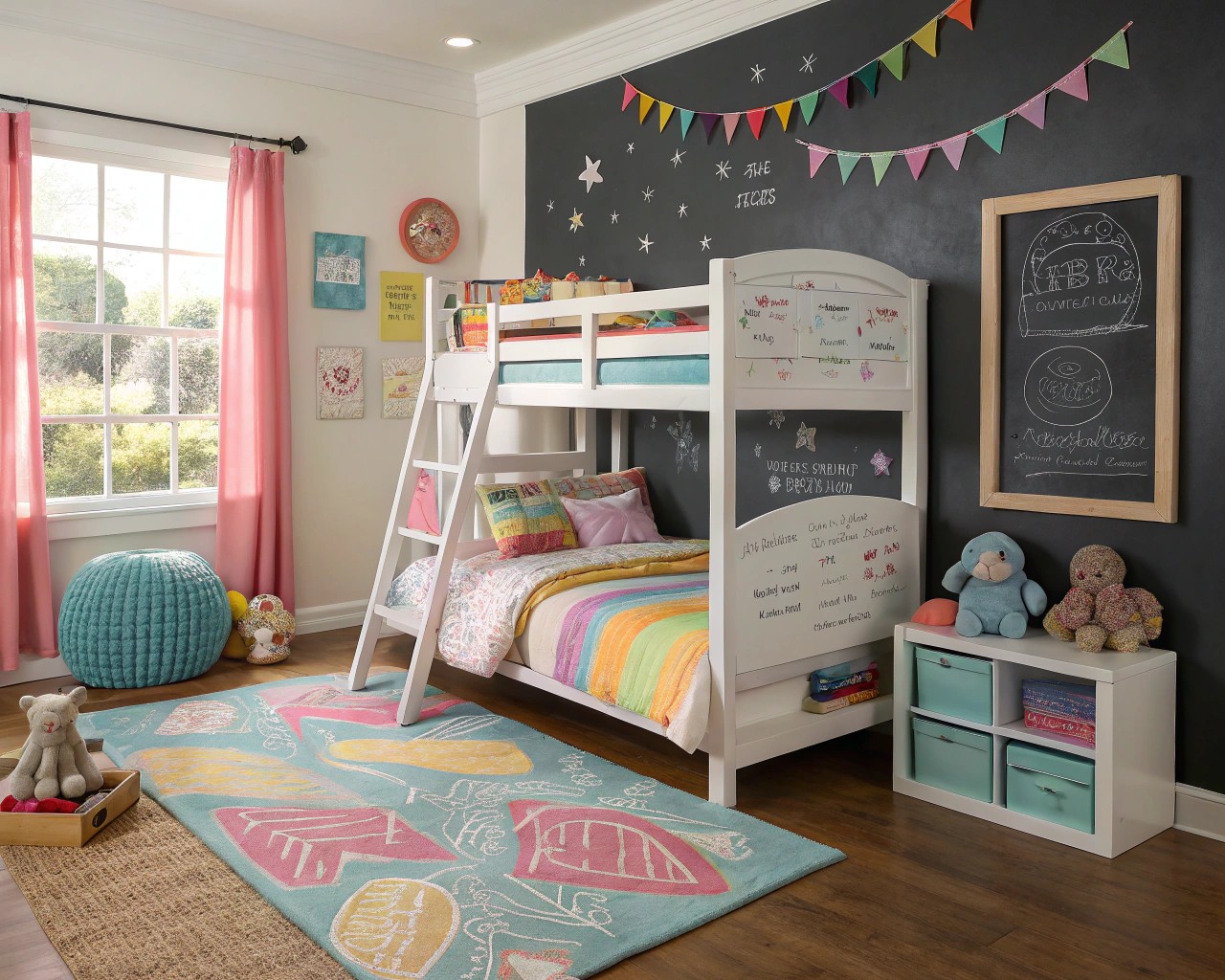
Living Spaces: The Family Hub
Transform your living room into a space that serves both adults and children without compromising style.
Key Strategies:
- Ottoman coffee tables with hidden storage
- Washable throw pillows in sophisticated patterns
- Baskets that blend with decor for quick toy cleanup
- Furniture arranged to create clear pathways
Dining Areas: Making Meals Manageable
Position toddler-accessible snack stations and water cups at appropriate heights. Use placemats that can be easily wiped or thrown in the washing machine. Consider bench seating with washable cushions for easy cleanup.
Bedrooms: Sanctuaries for Rest
Create bedrooms that grow with children while maintaining aesthetic appeal. Use neutral base colors with changeable accent pieces. Implement good sleep hygiene through room-darkening shades and minimal electronics.
Outdoor Spaces: Extending the Design Philosophy
Garden Safety and Design
Extend your design principles to outdoor spaces, creating environments that are both beautiful and safe for exploration.
Garden Design Considerations:
- Remove toxic plants and replace with child-safe alternatives
- Create defined play areas with soft landing surfaces
- Install adequate shade structures
- Choose rounded garden furniture
- Implement proper drainage to prevent standing water
Plant Selection for Family Gardens
Choose plants that engage the senses safely. Consider herbs like mint that children can touch and smell, or sunflowers that provide visual interest and growth opportunities. Avoid plants with thorns, toxic berries, or irritating sap.
The Role of Routine in Spatial Design
Visual Schedules and Spatial Cues
Integrate visual schedule elements into your home design. This might include hooks at toddler height for coats, step stools that remain accessible, or designated spaces for specific activities.
Structured Flexibility
Design spaces that can adapt to different activities throughout the day. A dining table that converts to craft space, or a coffee table with removable trays for different activities.
Technology and Modern Solutions
Smart Home Integration
Consider how technology can support your design goals without overwhelming the space. This might include:
- Smart lighting systems that adjust throughout the day
- Invisible cable management to reduce visual clutter
- Air purification systems that maintain health
- Sound systems that can play calming music during transitions
Cleaning and Maintenance Systems
Build maintenance into your design philosophy. Choose finishes that hide fingerprints, select furniture with easily accessible surfaces, and create systems that make daily tidying efficient rather than overwhelming.
Long-term Investment Thinking
Furniture That Grows
Select pieces that can evolve with your family. Modular storage systems, adjustable shelving, and classic furniture silhouettes ensure your investment remains relevant as children grow.
Timeless Design Elements
Ground your design in timeless principles rather than trendy children’s themes. Natural materials, classic proportions, and quality construction create spaces that remain beautiful regardless of your family’s changing needs.
Budget-Conscious Implementation
Prioritizing Investments
Focus your budget on high-impact items: quality seating with washable covers, proper storage systems, and safety modifications. Save money on accessories and decorative elements that can be easily changed.
DIY Solutions
Simple modifications can dramatically improve functionality. Add corner guards, install cabinet locks, or create visual schedules using basic materials. These small changes often have the biggest impact on daily life.
Professional Consultation and Support
When to Seek Help
Consider professional consultation for complex storage solutions, safety modifications, or if you’re feeling overwhelmed by the process. A few hours with a professional can save months of frustration and potentially expensive mistakes.
Building Your Support Network
Connect with other parents, designers, and professionals who understand family-friendly design. This community can provide ongoing support, product recommendations, and troubleshooting assistance.
Creating a home that honors both toddler energy and sophisticated design requires patience, planning, and the right strategies. The key is understanding that these aren’t competing goals but complementary ones. When we design spaces that work with children’s natural development, we create environments where the entire family can thrive. The result isn’t compromise—it’s a home that’s both beautiful and genuinely livable, where chaos transforms into calm through thoughtful design choices.
Remember, this is a process, not a destination. Your home will evolve as your family grows, and that’s exactly as it should be. The foundation you create now—safe, functional, and beautiful—will serve your family well through all the stages ahead.

